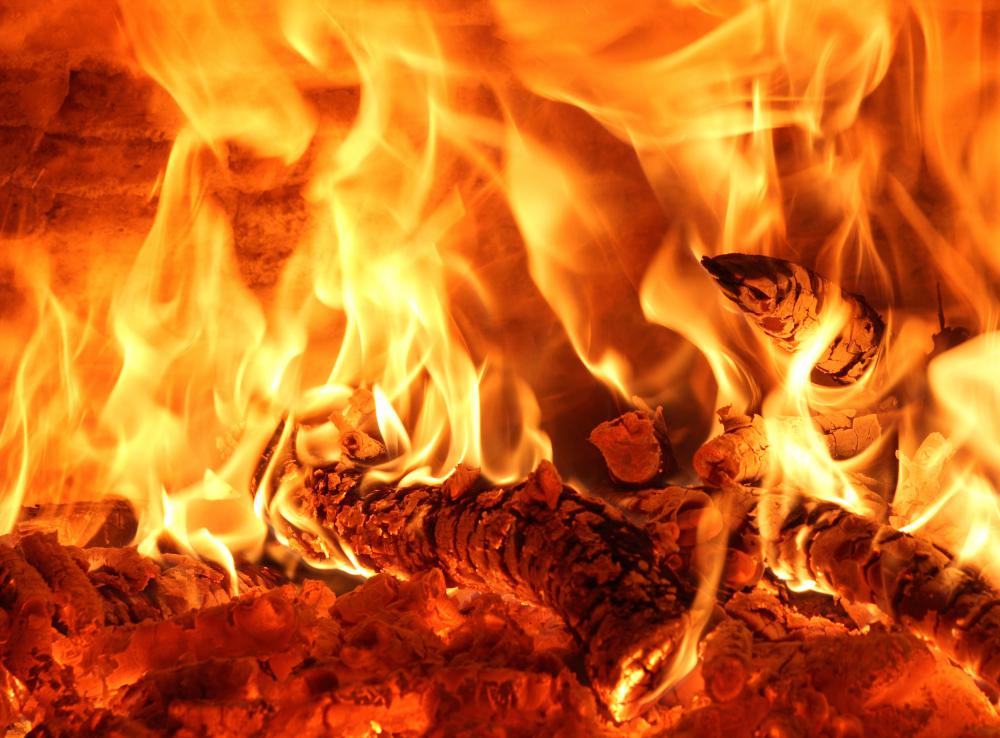At HomeQuestionsAnswered, we're committed to delivering accurate, trustworthy information. Our expert-authored content is rigorously fact-checked and sourced from credible authorities. Discover how we uphold the highest standards in providing you with reliable knowledge.
What is Avicennia?
Avicennia is a genus of the acanthus family comprised of about eight to 10 unique species of flowering plants. The genus was named in honor of Ibn Sina, a 10th century Persian philosopher and physician known more commonly as Avicenna. Mangroves, which are small shrubs or trees characterized by root structures that grow above ground, are some of the most notable members of the Avicennia genus. These trees and shrubs are found growing in coastal areas where the soil is very wet and often inundated with salt. Their native habitat is found south of the shifting, imaginary latitudinal line known as the Tropic of Cancer.
It is unclear exactly how many species are found in this genus. This is because the species Avicennia marina, commonly known as the white or gray mangrove, has many different-looking variants that can be easily mistaken for a new species. Other notable Avicennia species include the black mangrove, A. germinans, and the Indian mangrove, A. officinalis.

Avicennia trees are usually evergreen shrubs or small trees, meaning that their foliage remains green and growing throughout the year. The trees tend to grow to heights between 10 and 40 feet (3 and 12 meters). They have dark gray or brown bark and green, sterile flowers that are hermaphroditic, meaning that a single flower can have both male and female sex characteristics.
The aerial roots of plants in the genus Avicennia are unique even among mangroves. Usually, plants absorb oxygen from the soil they grow in, but because mangroves grow in very wet soil, they can't absorb much oxygen from it. Instead, Avicennia species use root structures called pneumatophores that absorb oxygen from the air, allowing the tree to breathe. These pneumatophores grow out of larger aerial roots that act like stilts for the tree, propping it up above the water and giving it extra balance.
Avicennia trees usually grow wild, although they are occasionally grown commercially for a wide range of uses. The pollen from flowers of the black mangrove produce a variety of honey that is widely prized. Wood from many different species is also used as lumber or firewood. Since the wood is often wet and salty, it produces aromatic smoke when burned and is therefore also a popular choice in some areas of the world for smoking meat or fish. The bark of many mangroves is also high in astringent compounds known as tannins, so it was once used to tan leather before the advent of modern industrial tanning techniques.
AS FEATURED ON:
AS FEATURED ON:











Discuss this Article
Post your comments